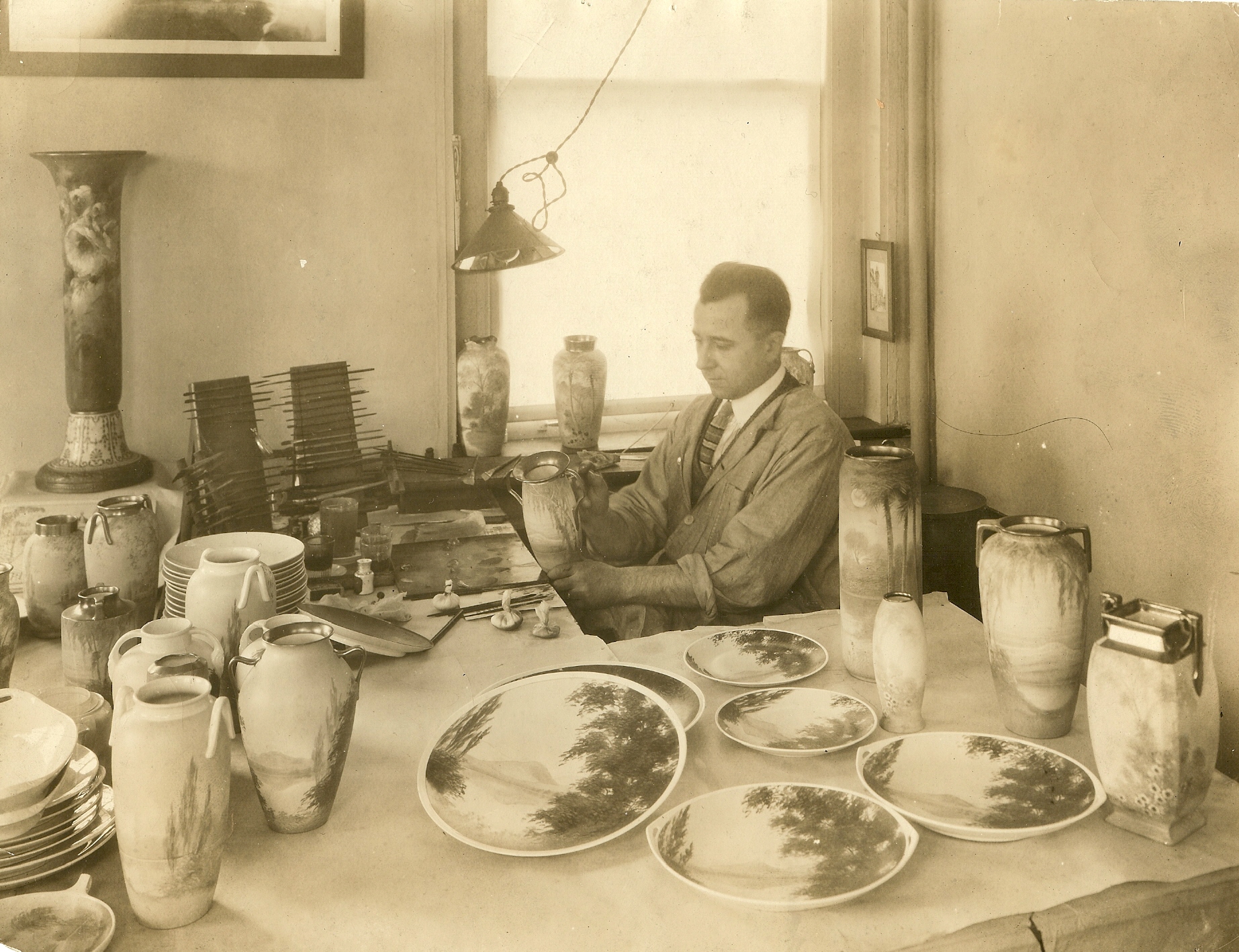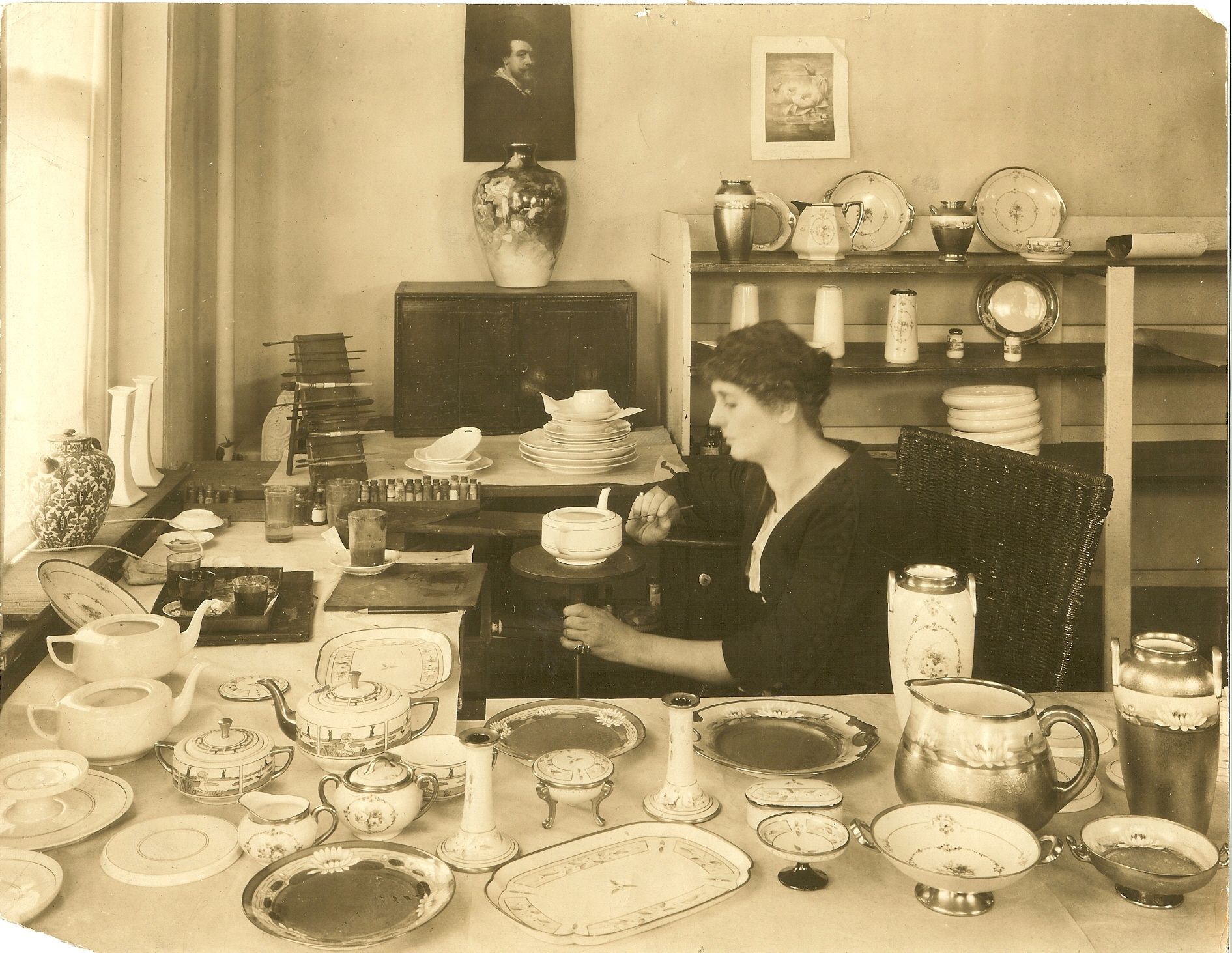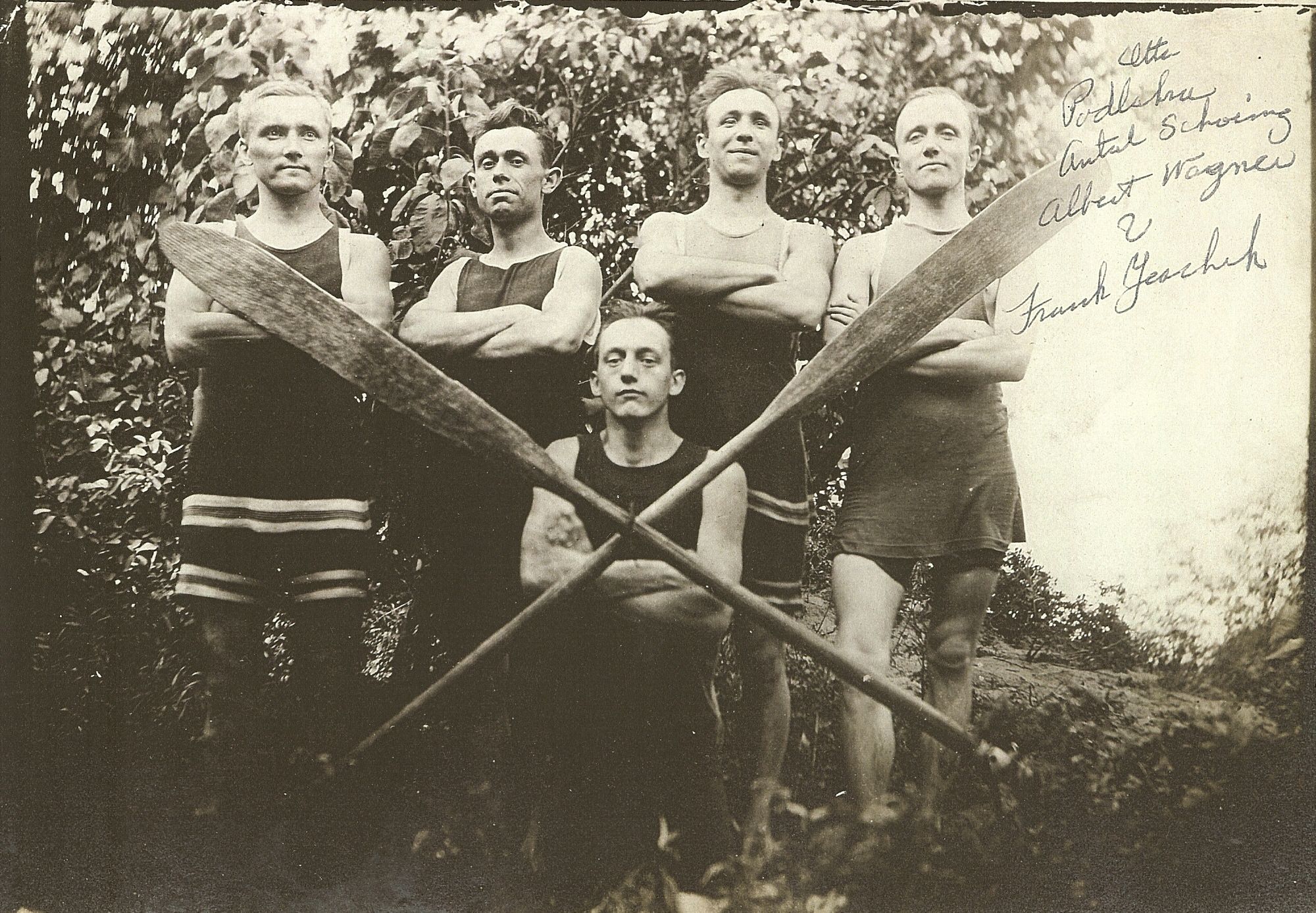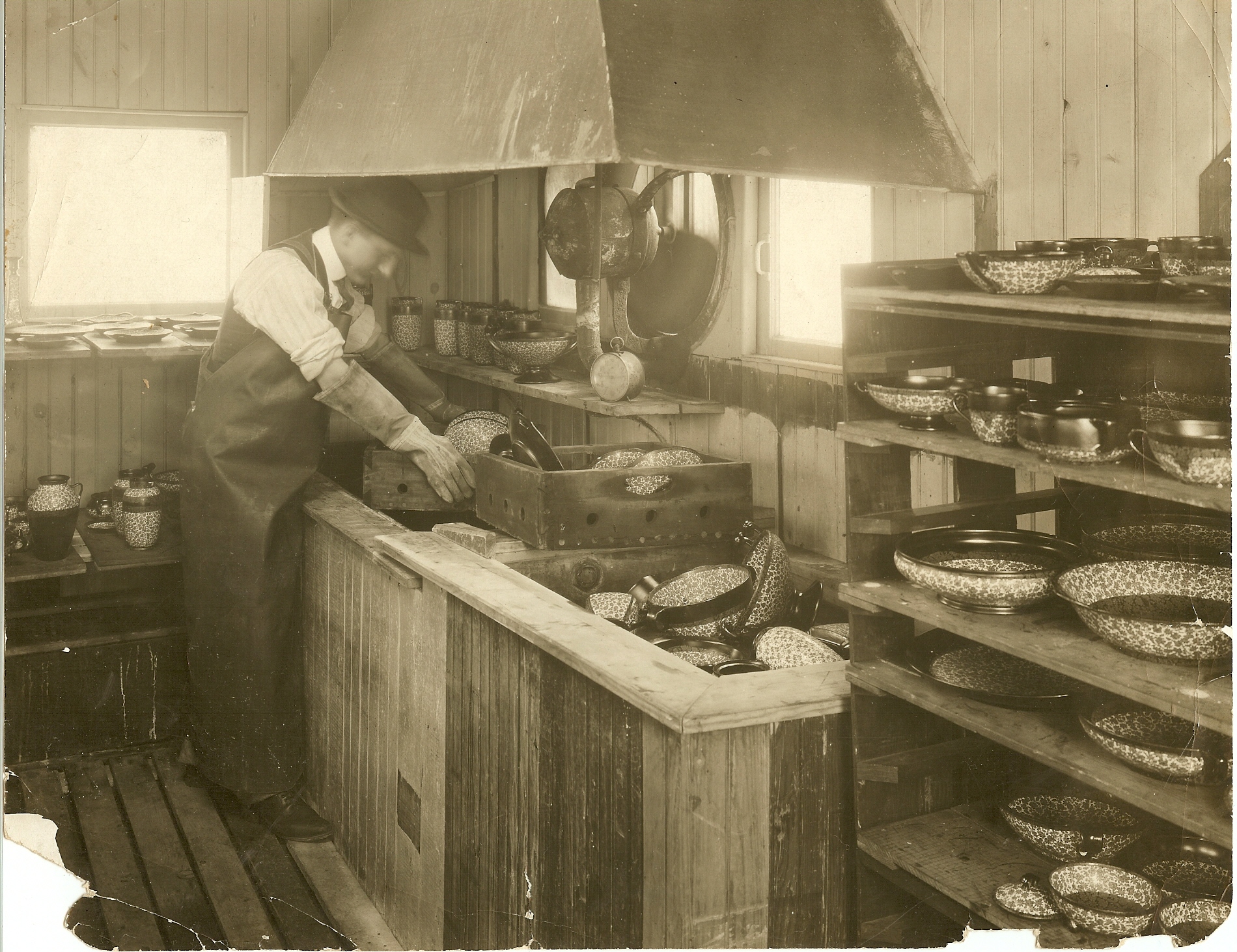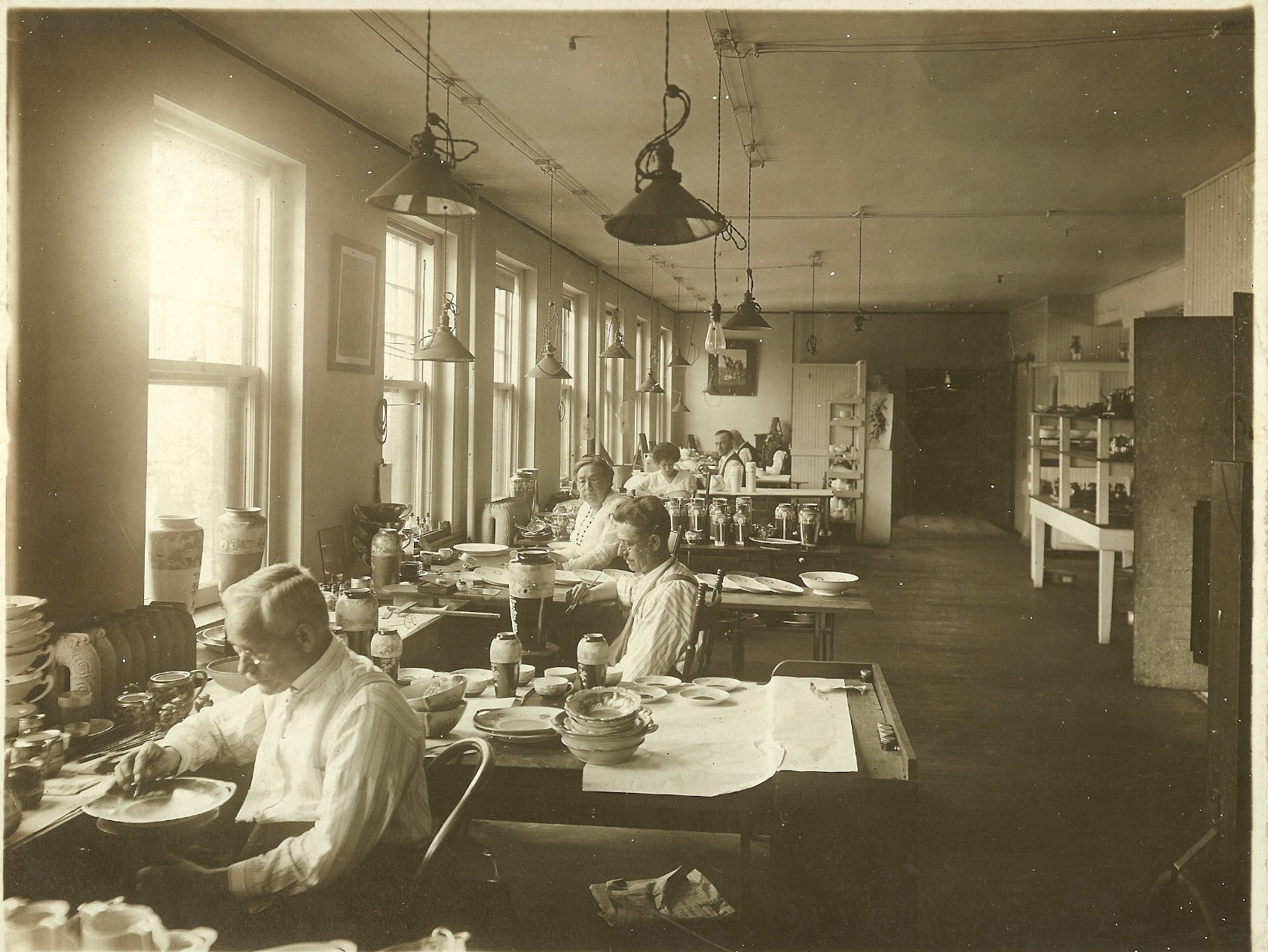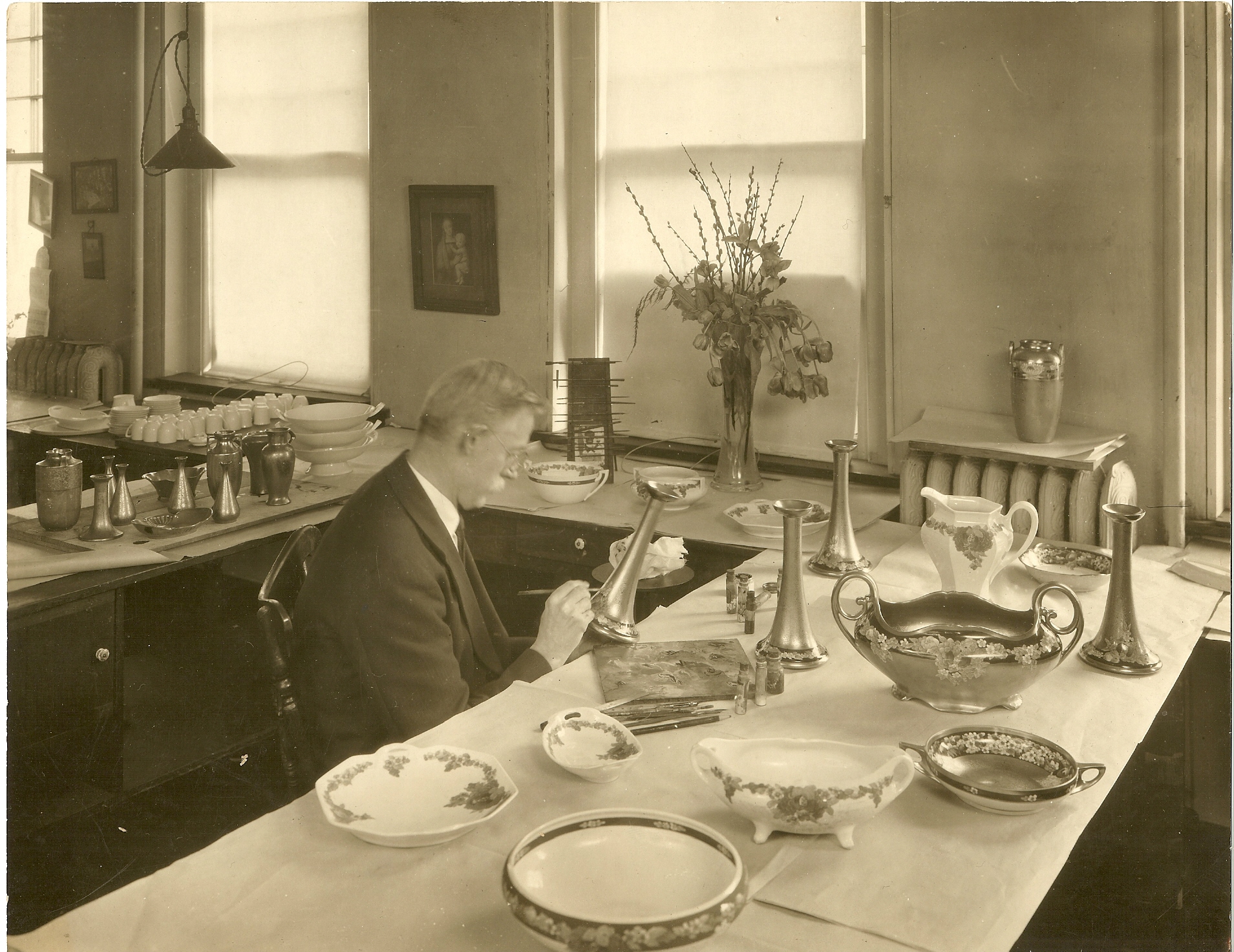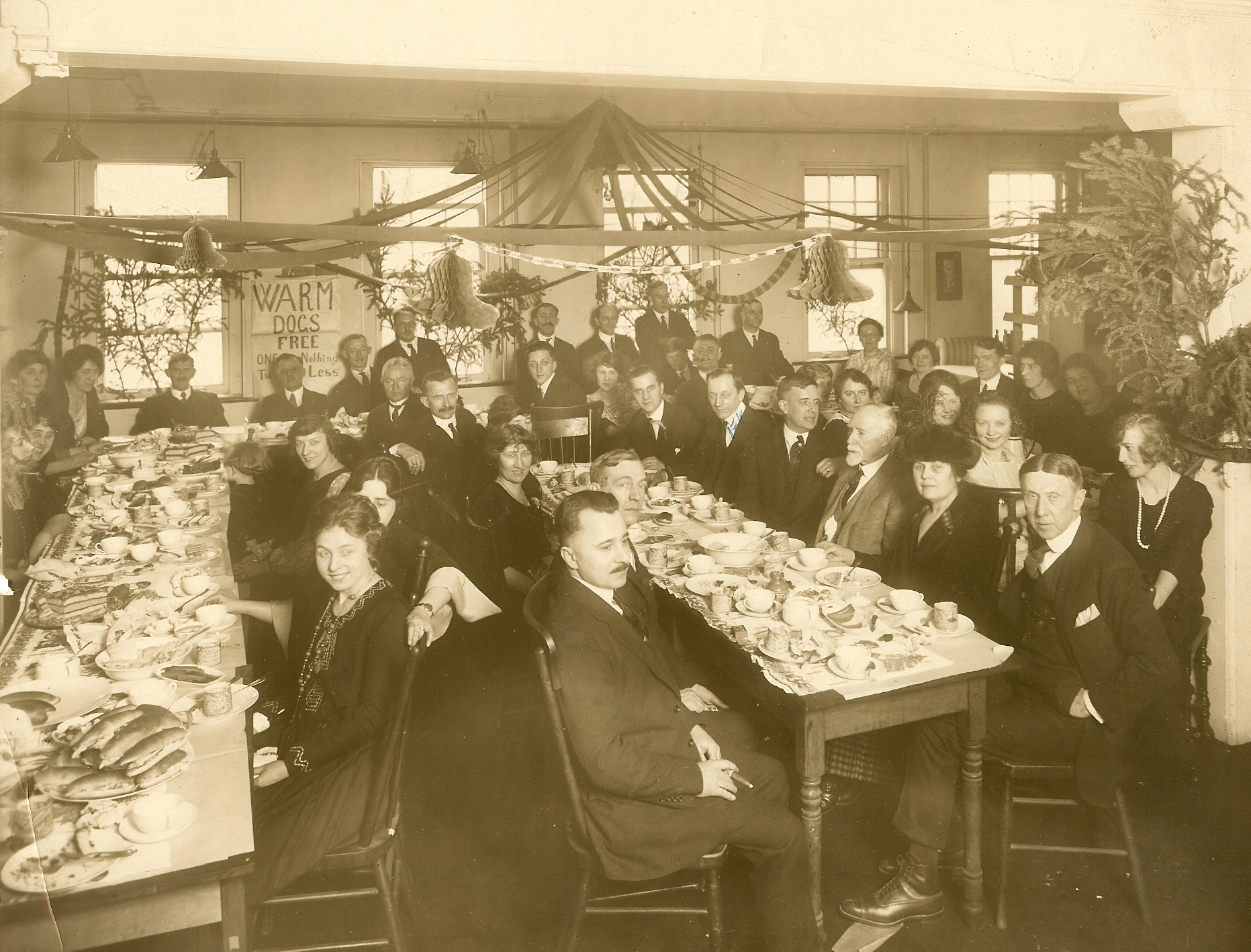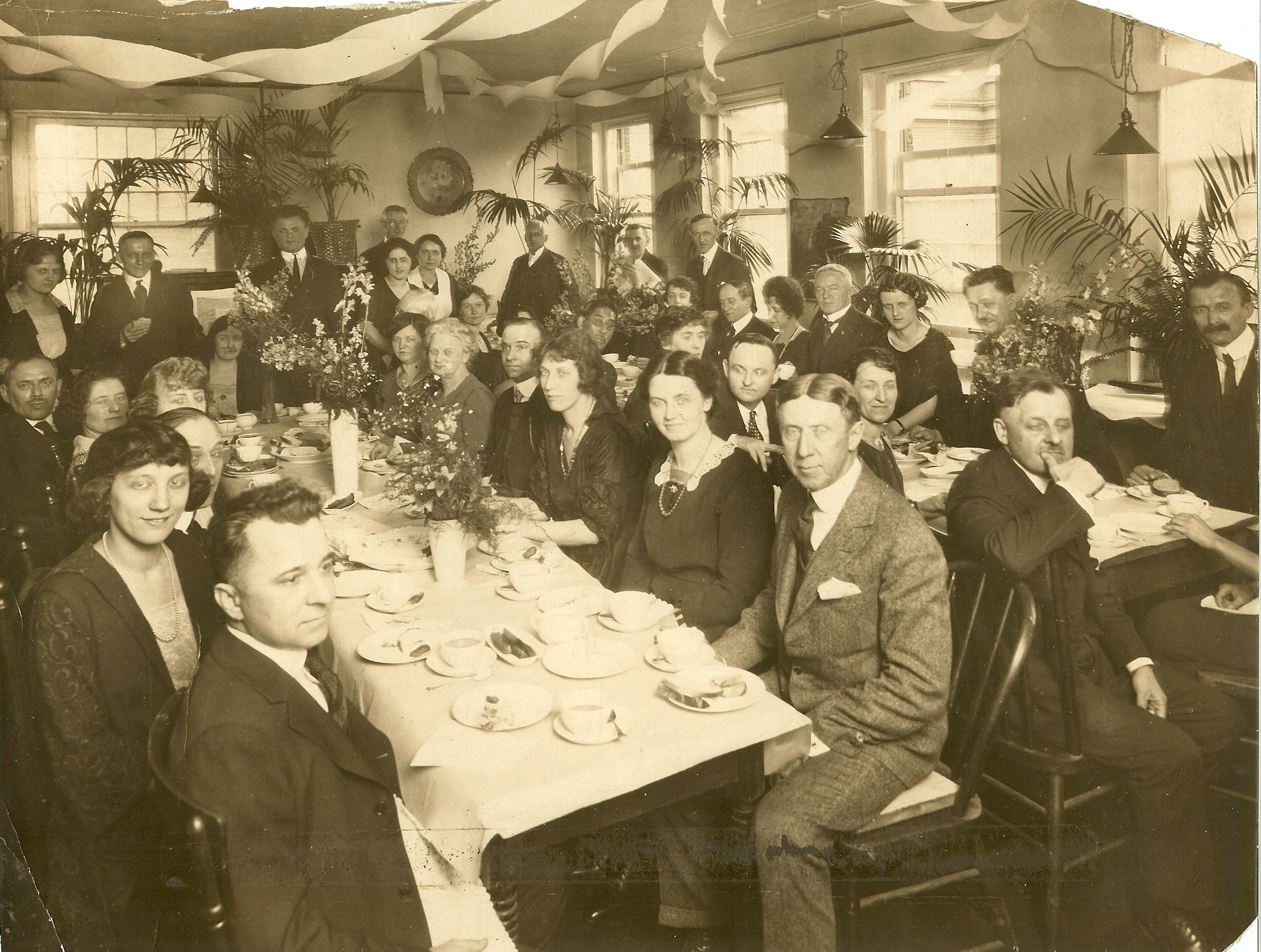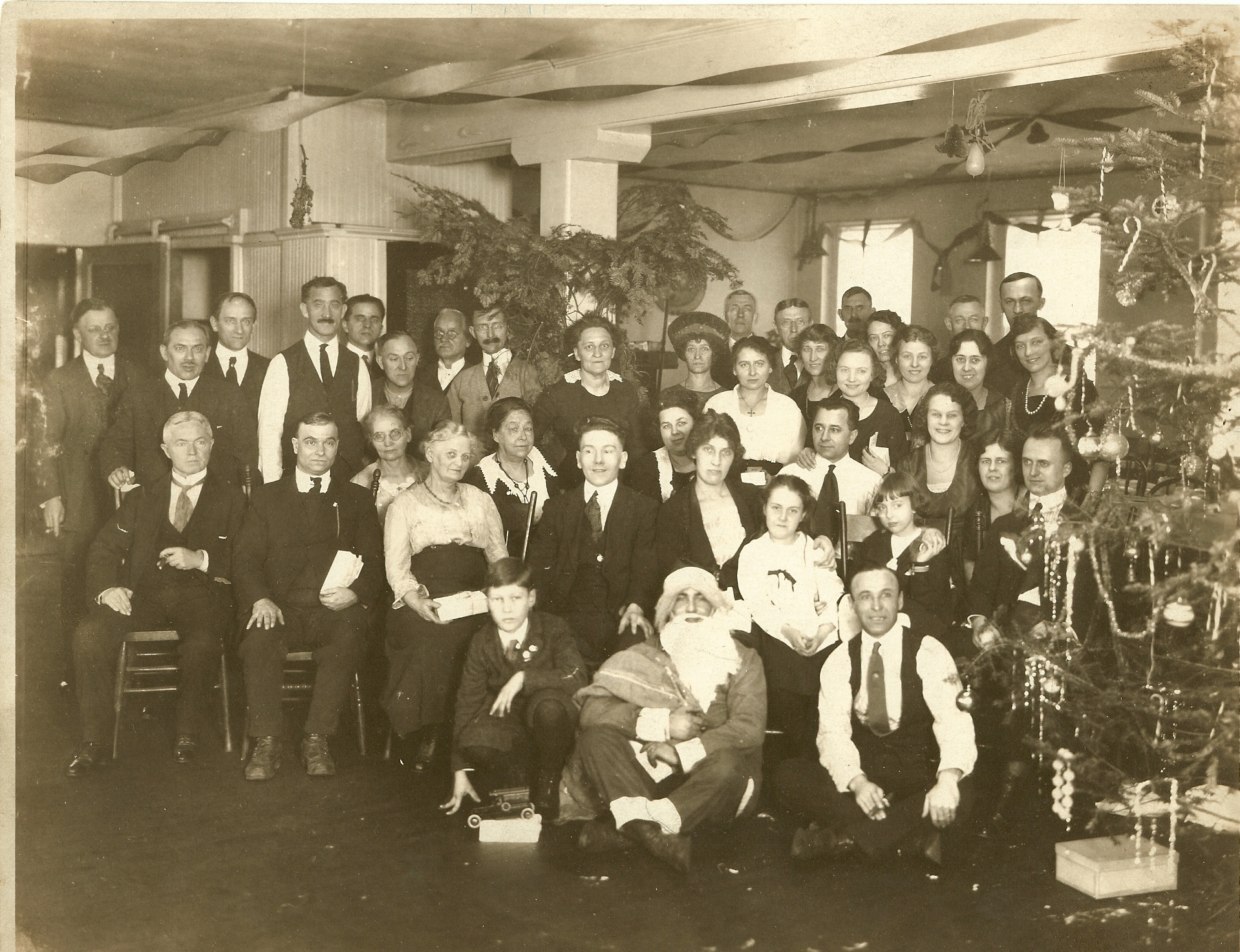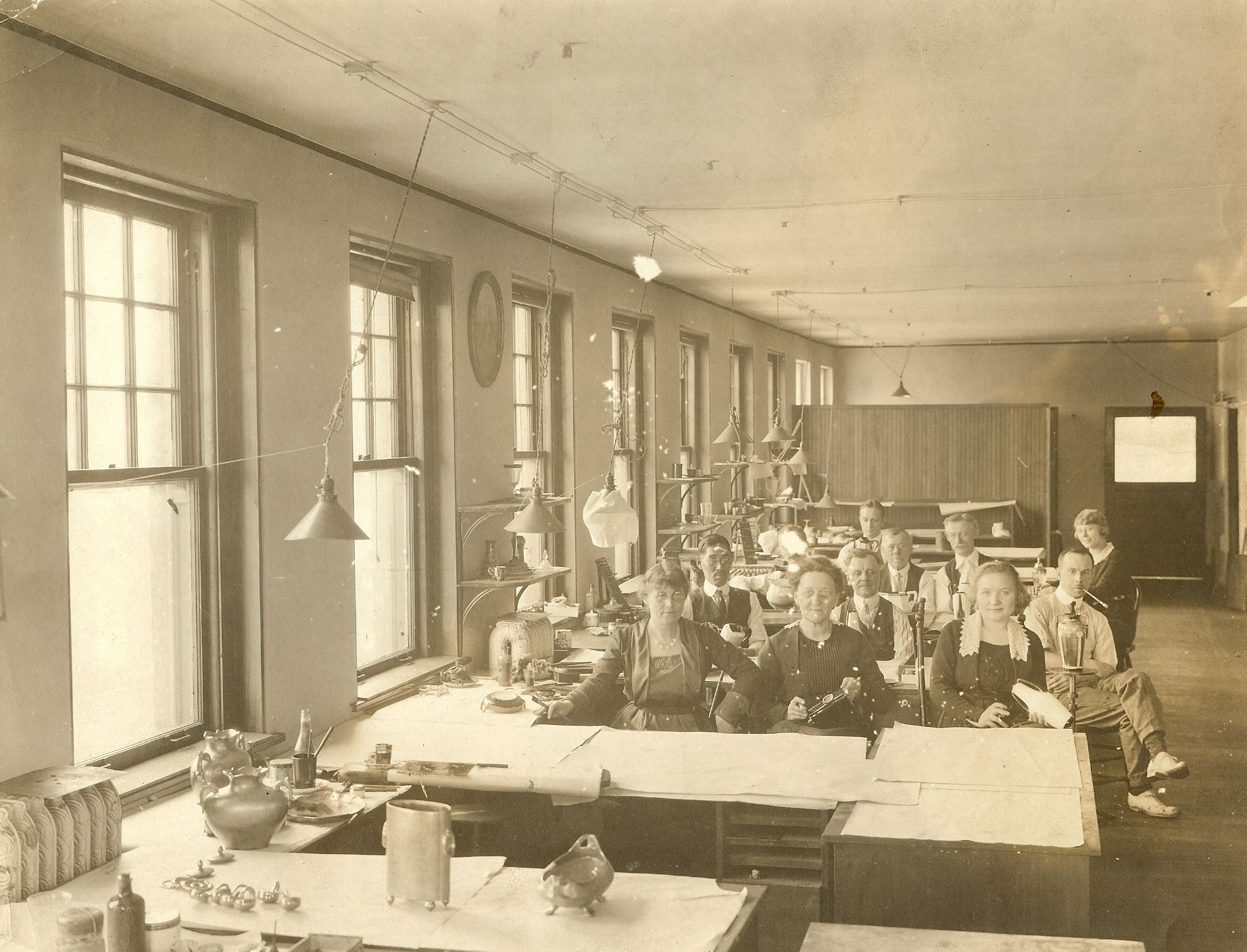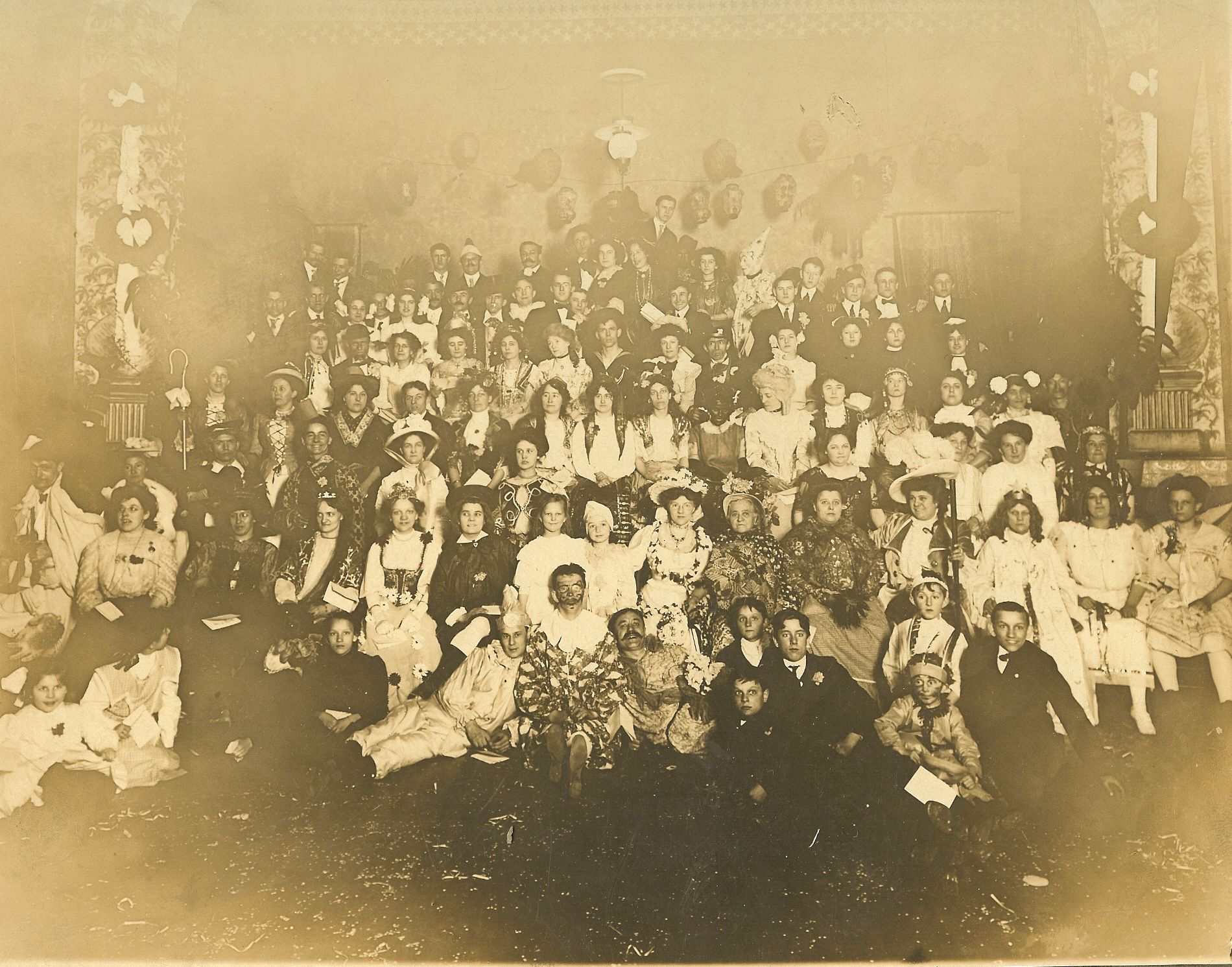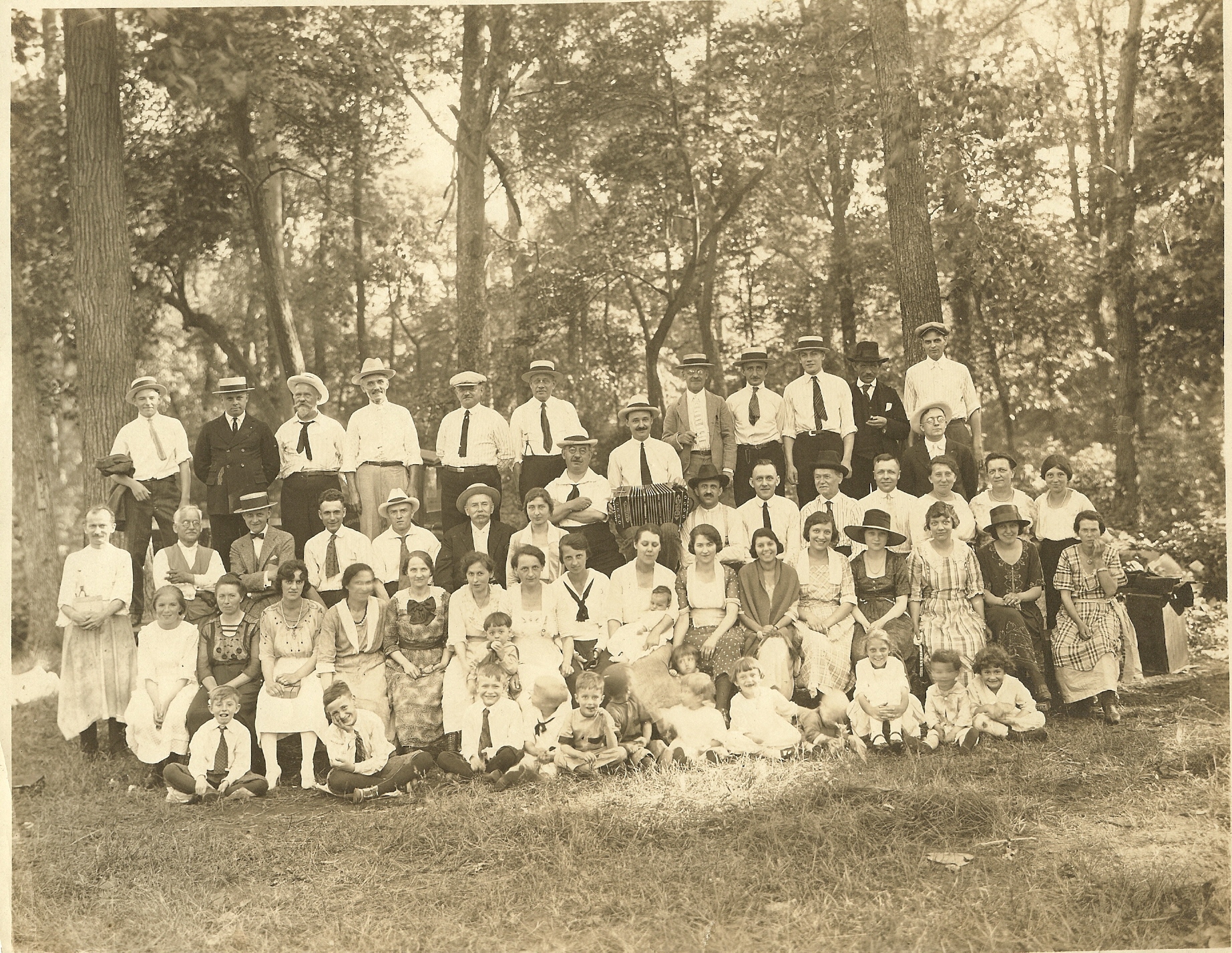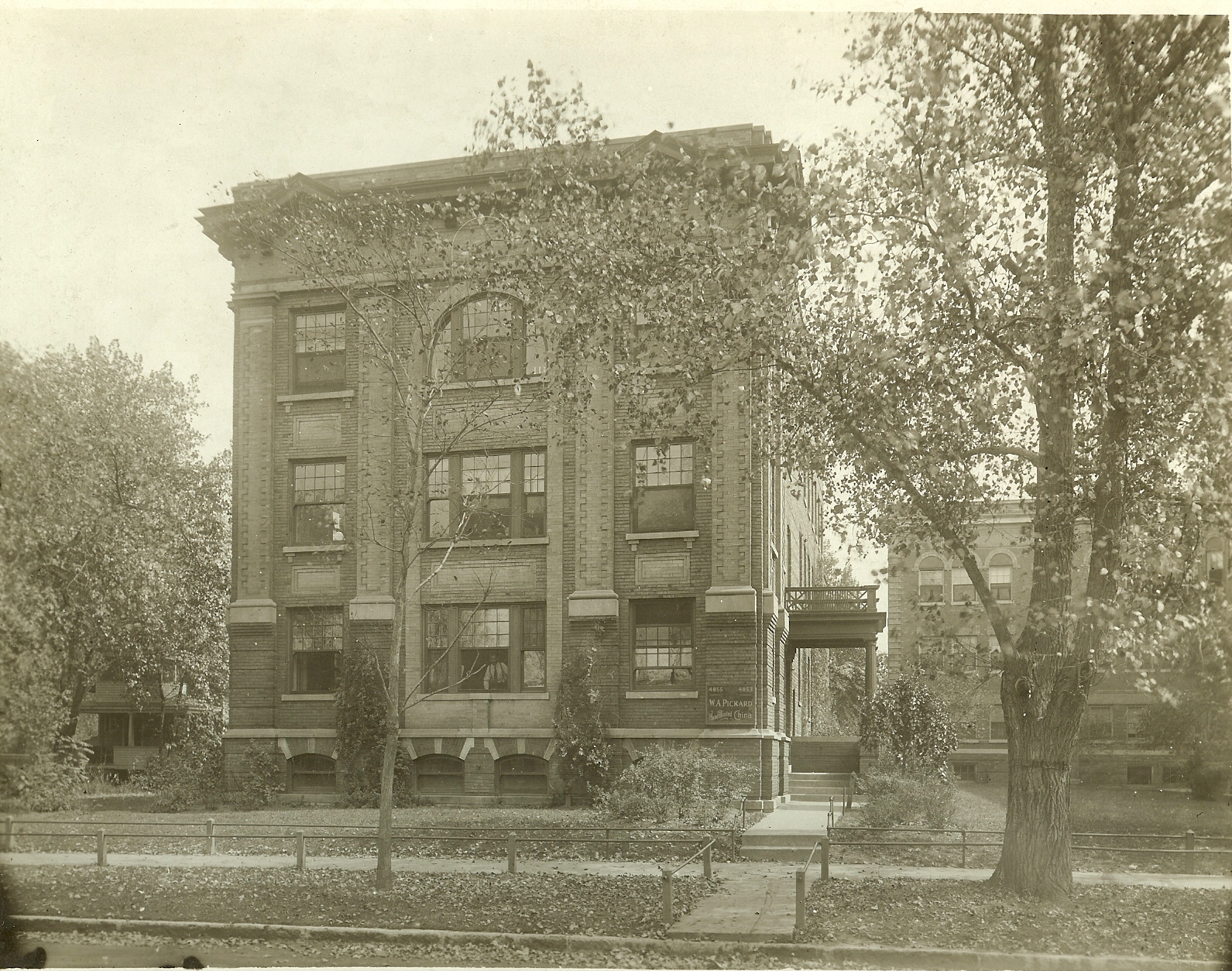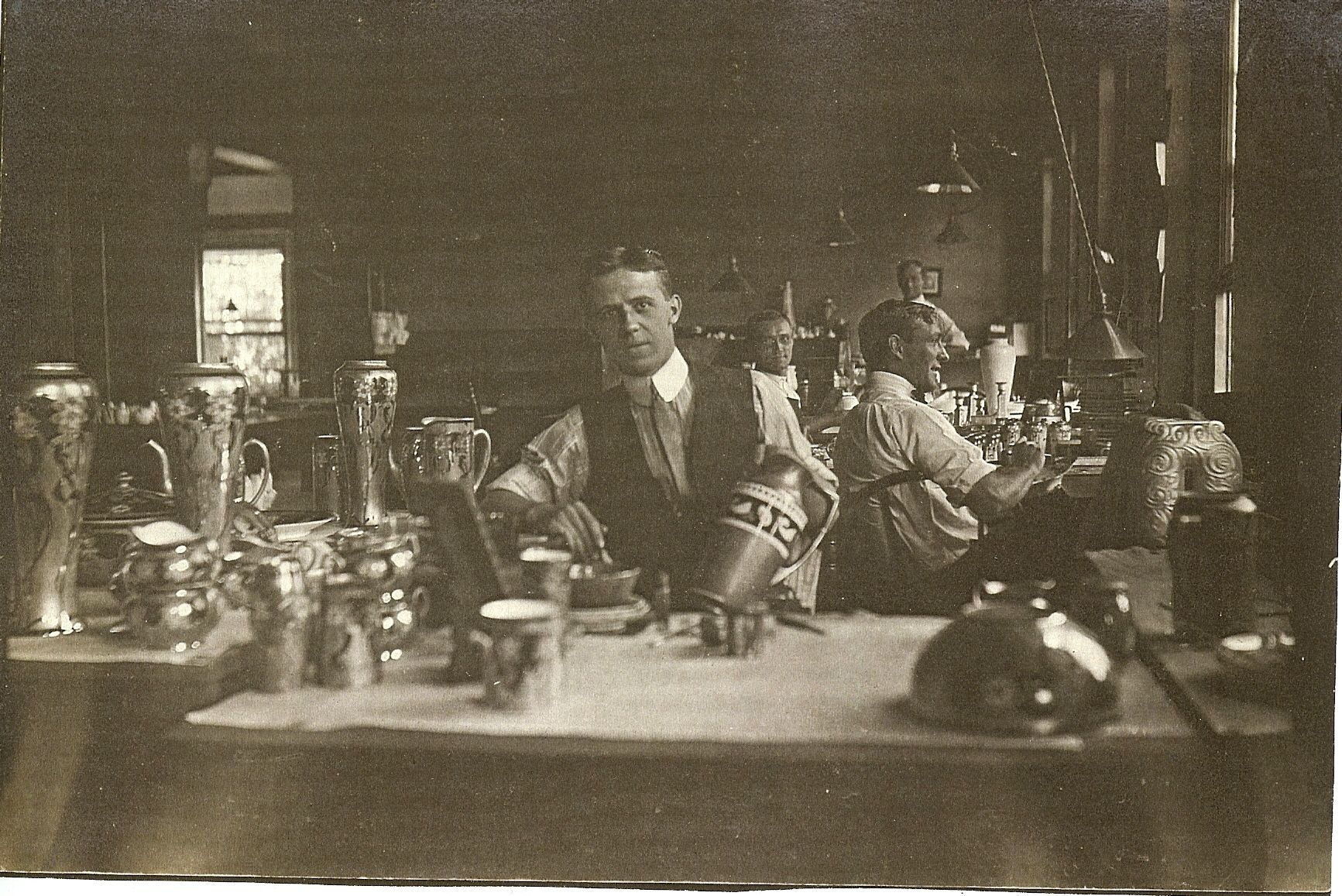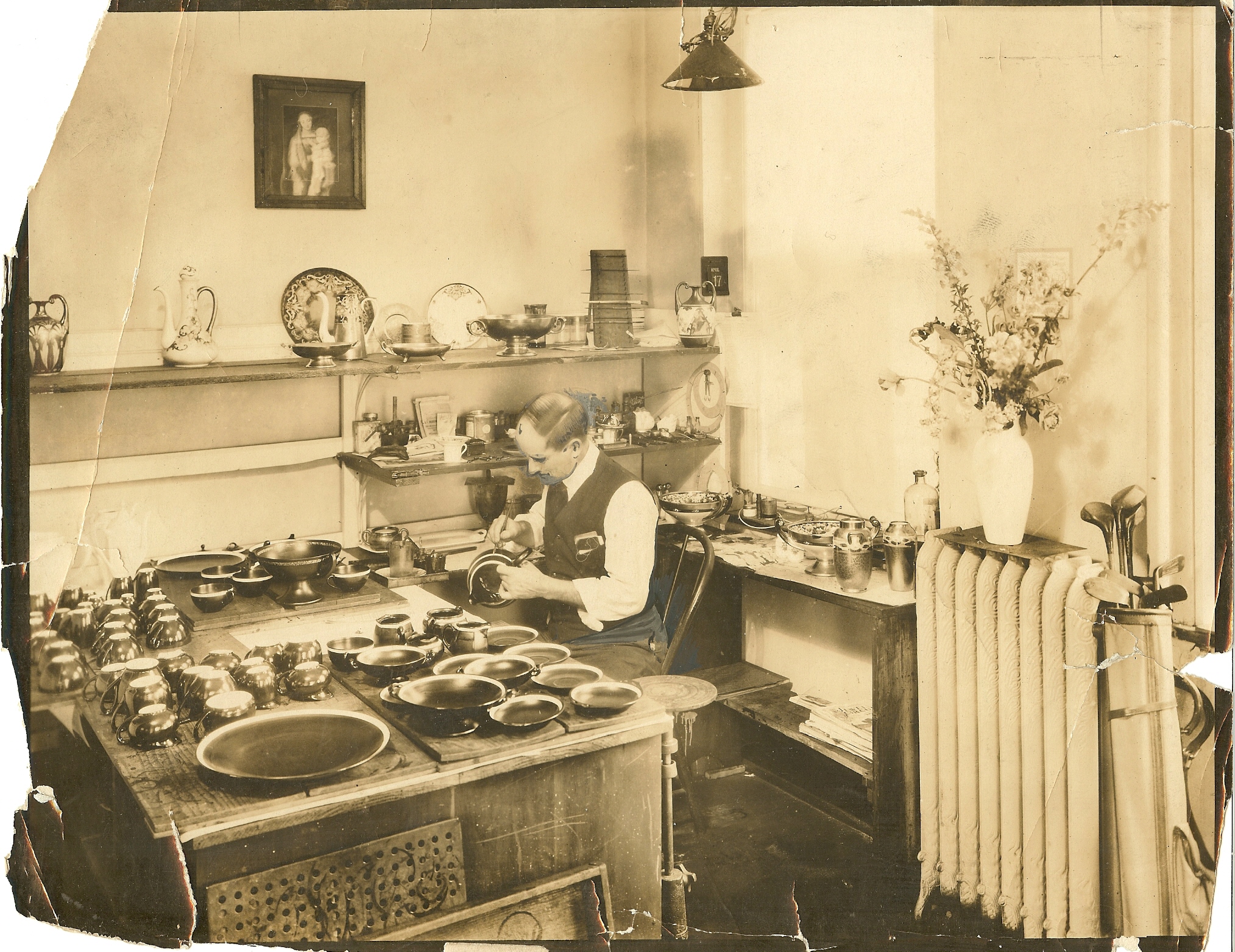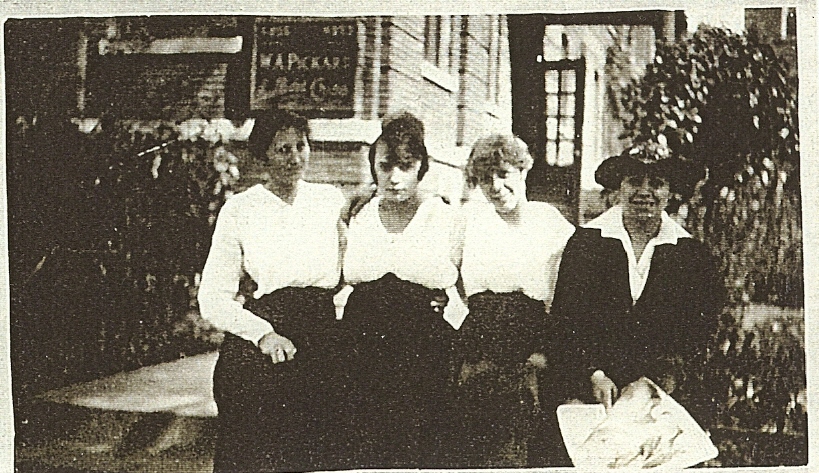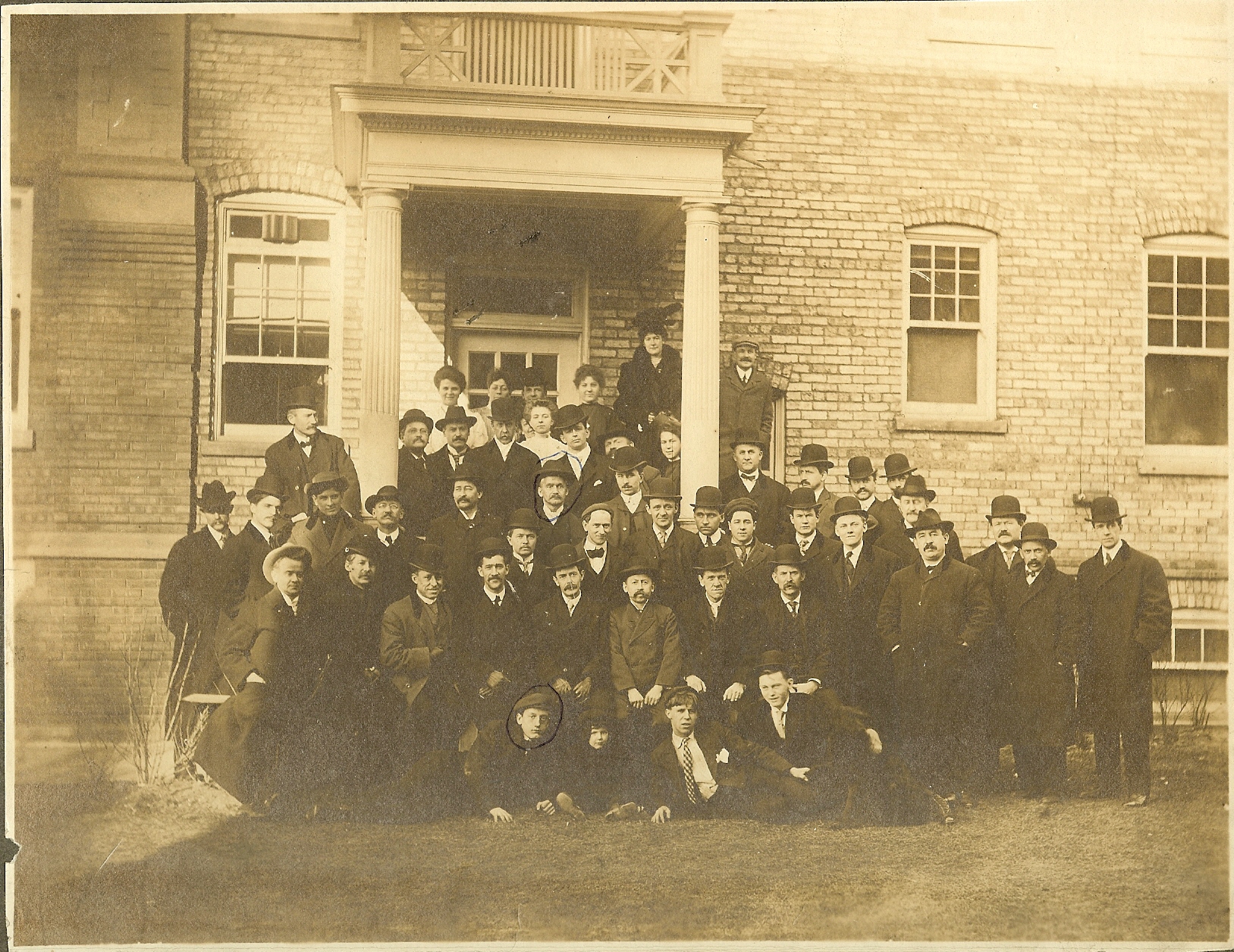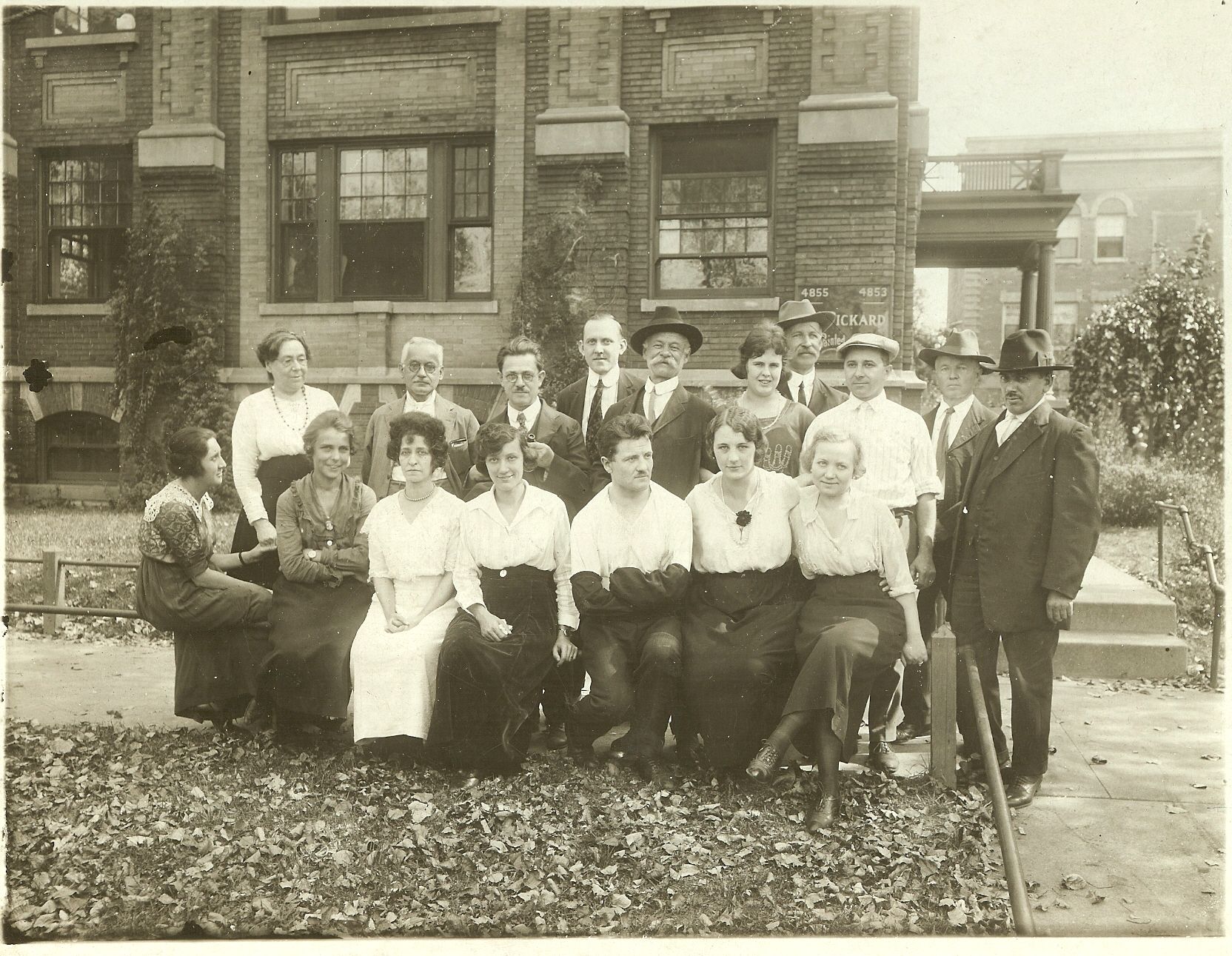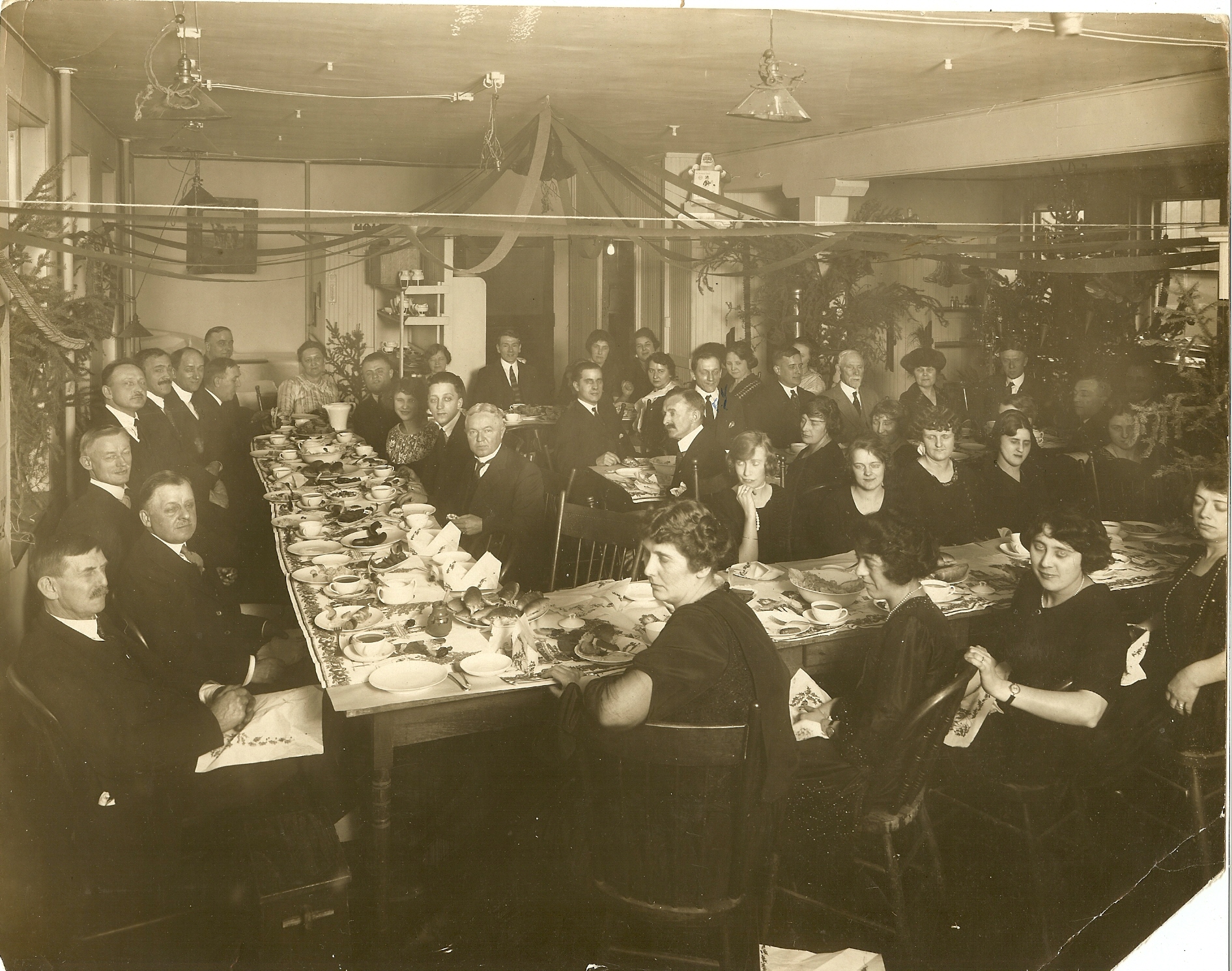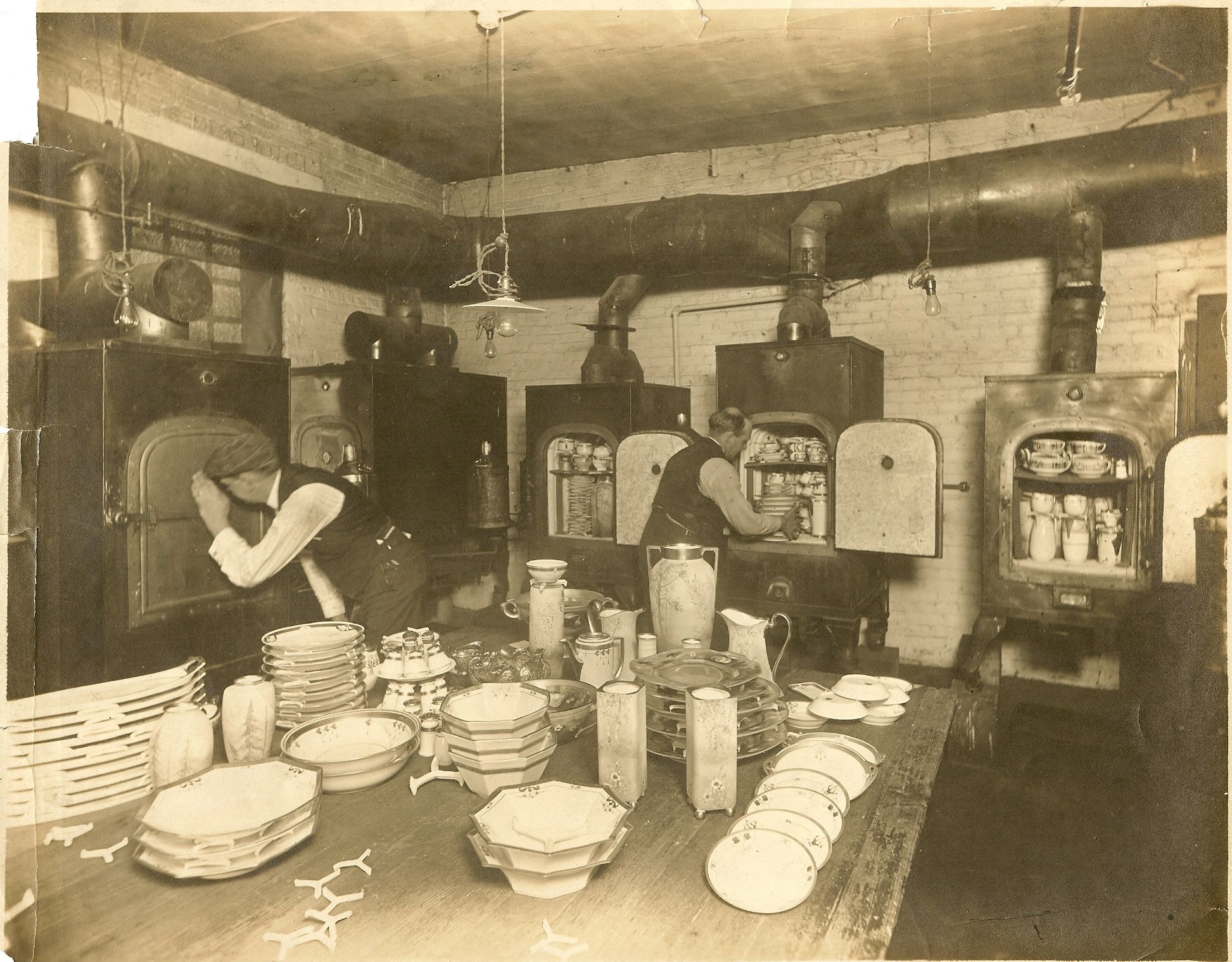Knowledge Hub
A Brief History of Pickard
Wilder A. Pickard (1857-1939) started the company in 1894 by offering his customers hand-painted giftware, artware, and eventually dinnerware of the highest quality.
Pickard assembled a group of exceptionally talented men and women china painters, many emigrating from Europe, to create this uniquely American style of hand-painted china. This art form quickly grew in popularity and resulted in a company that became one of the preeminent American companies to provide high quality china celebrated–then and now–for its variety of exquisite patterns, elegant gold and platinum borders, and artistic rendering of flowers, fruits, figurals and scenics.
In 1895, the Company moved from Edgerton, Wisconsin, to Chicago. Then in 1941, Pickard moved from Chicago to Antioch, where they began production of their own blanks.
Today, Pickard, Inc., remains a family-owned business proudly producing high quality, hand-crafted china. Each Pickard generation carries on the tradition of producing Ivory and White porcelain for individuals as well as for government and corporate organizations, both domestic and international.
Frequently Asked Questions
Q. Why are there often two maker’s marks on the reverse/bottom of Pickard pieces?
A. In addition to the Pickard decorator mark, often there is an under glaze mark of the producer of the blank. Sometimes the Pickard mark was applied over the under glaze mark to obscure identification of the producer of the blank. From the company’s beginning in the 1890s until 1935, Pickard was a decorating studio only; it purchased blanks from Limoges, Bavarian, Nippon, and American producers. In 1935, it began producing and decorating porcelain.
Q. Where did the Pickard decorating designs come from?
A. Many of the artists themselves developed their own patterns. Other designs came from similar items from factories in the old countries. For example, Aura Argenta Linear seems to have been a design “borrowed” from pottery Villeroy & Boch manufactured in Germany. Dutch Decoration appeared as a pattern in Keramic Studio, as did Metallic Grapes. Some of the Pickard designs were actually borrowed from popular paintings of the time.
Q. What factors determine the value of a Pickard piece?
A. The value of a Pickard piece is determined by a combination of factors and conditions. Among the primary considerations that would increase the value of a piece are:
- size (large and small pieces are often more desirable)
- condition
- age
- the complexity and detail of the decoration as well as the subject matter (portraits and scenics are usually more desirable pieces because of rarity and popularity with collectors)
- hard-to-find and unusually-shaped blanks (e.g., chambersticks, perfume bottles, mustard pots, shaving mugs, humidors, and wall hangers)
- presence of an artist signature/initials on the piece
- the signature of a premium or hard-to-find Pickard artist such as “Yeschek”, “Challinor”, ” Cirnacty”, “Seidel”, “Gifford”, and “Fuchs”
There may be other market and general economic conditions that can impact the value of a Pickard piece as well.
Q. Is a Pickard decorated piece more valuable than one decorated by contemporary studios such as Stouffer, Brauer, Donath, France, White’s Art Company or others?
A. The Pickard identification on a piece will often be more desirable and command a higher price than a comparable piece from a competitor Chicago turn-of-the-century studio. However, each piece must be evaluated on its own merits using criteria such as discussed in response to the question on determining value of a Pickard piece above. It is also important to note that many Pickard artists also worked for Pickard competitor studios, and produced the same quality of work at each employer.
Q. Is Pickard ALWAYS marked?
A. This is a tough question to answer. Many times, one might see a piece that is assumed to be Pickard because of the decoration and /or the artist’s signature. Given that many of the artists also decorated porcelain at home to help make ends meet, there are many pieces that may look nearly identical to Pickard, but were not fired or produced in the Pickard Studio. Technically, therefore, it is not Pickard.
If a piece does not have a Pickard mark on it, one cannot clearly establish that it is, in fact, Pickard. Of course, the first Pickard mark was a paper label. If a piece is signed by an early artist, it could have been a Pickard Studio piece. These pieces, however, would be very few in number. As long as a piece is judged by the criteria discussed in the previous questions, it may very well command “Pickard” prices.
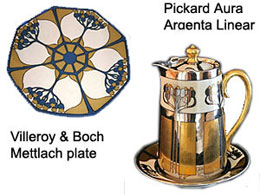
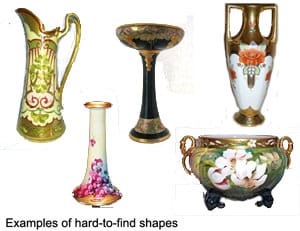
Publications and Research
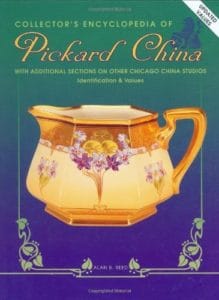
Collector's Encyclopedia of Pickard China
In 1995 Alan Reed published his first edition. This valuable resource provides an extensive history of the Pickard Company, its artists and their works, including many full color photos with suggested dollar values. The second edition includes revisions Alan Reed recorded prior to his death, and changes in prices. It’s a MUST for every china collector’s library.
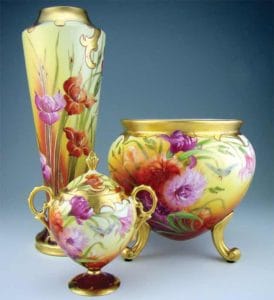
Pickard China, An American Tradition
Text by Tim Ingram and Harry Poulos, photographs and design by James Henderson. Published by The Pickard Collectors Club, Ltd., 2009.A lovely 28-page booklet of highest quality printing and photography, for the exhibit at Lake County Discovery Museum, Wauconda, Illinois, May 2009. **OUT OF PRINT**
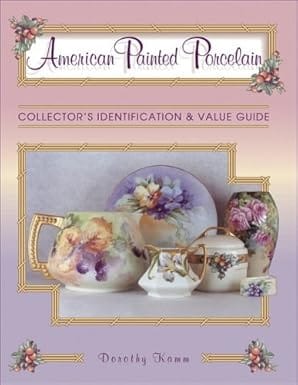
American Painted Porcelain: Collector’s Identification & Value Guide
by Dorothy Kamm. A good introduction in text and ample photographs to the china painting movement in the U. S. during the early 1900s.
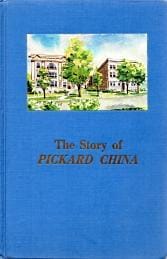
The Story of Pickard China
by Dorothy Pickard Platt. In 1970 Dorothy Pickard Platt, Wilder Pickard’s daughter, published the first book devoted to the history and celebration of pickard hand-painted china. This seminal work chronicles the company, its production, and its artists from 1893 to 1970. Lucky is the collector who finds a copy of this out-of-print jewel.
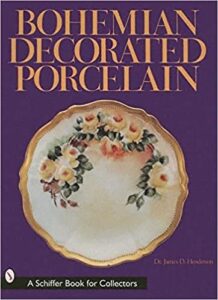
Bohemian Decorated Porcelain
by Dr. James Henderson. The development of porcelain production in the Karlovy Vary (Carlsbad) region of western Bohemia. Describes the exporting of porcelain to the United States and the American decoration of imported whiteware. Pickard purchased Bohemian/Austrian whiteware blanks through local Chicago china importers for decoration in his studio. More than 600 color photographs.
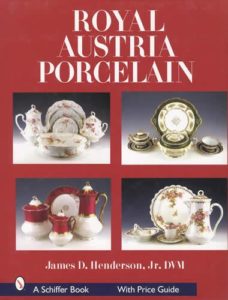
Royal Austrian Porcelain
by Dr. James Henderson. Describes the development of porcelain production in the Gutherz factory of Bohemia/Austria. Numerous American hand-decorated whiteware pieces, including some decorated by Pickard Studios. The extensive shapes of dinnerware, cups and saucers and hollowware handles are shown for the first time. Over 1000 color photographs and illustrations.
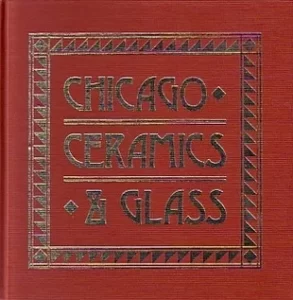
CHICAGO CERAMICS & GLASS An Illustrated History from 1871 to 1933
by Sharon S. Darling. This book, as a major repository of original historical materials it is an especially appropriate center for such research. Its staff, including curators, librarians, and others of many talents, can use the society's collections and related research materials to perceive the city's history in new ways. And its exhibits and publications serve to bring this information before a broad public audience.
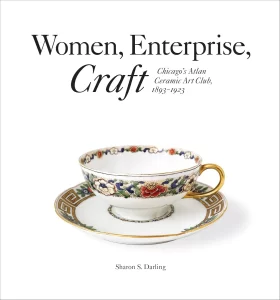
Women, Enterprise, Craft: Chicago’s Atlan Ceramic Art Club, 1893–1923
by Sharon S. Darling. Featuring biographies of 150 china painters as well as photographs of their impeccable work, Women, Enterprise, Craft: Chicago’s Atlan Ceramic Art Club, 1893–1923 is the culmination of over fifty years of research. Sharon S. Darling deftly documents the history of the Atlan Ceramic Art Club, its influence on decorative ceramics in the United States during the first quarter of the twentieth century, and the stories behind its all-female members.
Julius H. Brauer Tribute
This site created by Tim Ingram celebrates the life and legacy of Julius H. Brauer, a German-born artist who immigrated to the U.S. in 1890 and made his mark in American porcelain artistry. After a brief stint with Pickard China, Brauer established his own studio in Chicago, producing a wide range of decorated porcelain featuring both naturalistic and stylized designs.
A Tribute to Stouffer Studio
This site created by Tim Ingram and Sue Phalen honors Jacob H. Stouffer, a pioneering figure in American hand-painted porcelain. Born in Illinois in 1866, Stouffer founded the J. H. Stouffer Co. in Chicago and launched his own china decorating studio in 1905. His studio became known for employing many of the era’s top decorators—several of whom also worked with Pickard and Brauer.
The works of C.F. Koenig
Presentation provided at the Pickard Collectors Club Annual Convention
The Influence of Adolf Schreyer
Presentation provided at the Pickard Collectors Club Annual Convention by Jim Jenkins

The Gravy Boat
A recent excavation in Antioch, Illinois, uncovered a broken piece of china, which was discarded almost 60 years ago.
Pickard China Wikipedia
From Wikipedia, the free encyclopedia: Pickard China is an American porcelain decorating and manufacturing company in Antioch, Illinois, United States. The company was founded in 1893, and continues to produce ceramic
Related Links
Pickard China Homepage
Pickard, Inc.
782 Pickard Avenue
Antioch, Illinois 60002
847-395-3800
Haviland Collectors International Foundation
Pickard China Collectors Facebook Group – This group is a public group and not limited to club members.
Auctions
Featuring Handpainted Pickard China
**In order to view the catalog and the “sold” prices, it may be necessary to sign in on or to establish a live auctioneers account
Lily and Hosea Harkness Pickard Collection
October 2021
Kellogg Pickard Collection
May 2021
Alan Reed Collection
May 2022
Woody Auction Collection
April 2022
Woody Auction Collection
July 2022
Van and Karen Turner Collection
September 2022
Woody Auction Collection
April 202
Pickard, Limoges and Royal Bonn Collection
April 2023
Hank and Gloria Grob Collection
October 2024
Sally Gildea Collection Part 1
February 2025
Sally Gildea Collection Part 2
February 2025
The Value of Capturing Recent Auctions Featuring Handpainted Pickard China
Documenting recent auction results that include handpainted Pickard china is essential for collectors, researchers, and enthusiasts. These records offer valuable insight into the rarity, design, and current market value of individual pieces and collections. By preserving auction listings, we create a reliable reference that supports authentication, guides appraisals, and highlights important patterns and trends. This information not only deepens our understanding of Pickard’s artistry but also ensures that its legacy is appreciated and accessible for generations to come.
Have you seen a recent auction featuring handpainted Pickard china?
Help us build a more complete archive—submit an additional auction for the list and contribute to the ongoing study and appreciation of Pickard porcelain.

